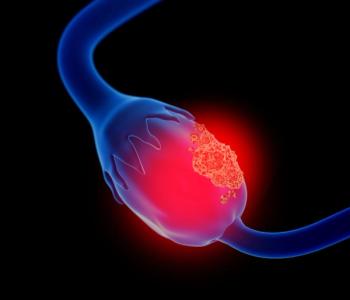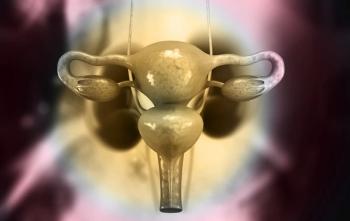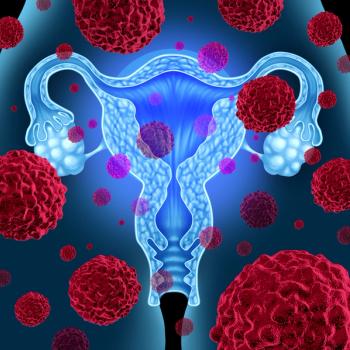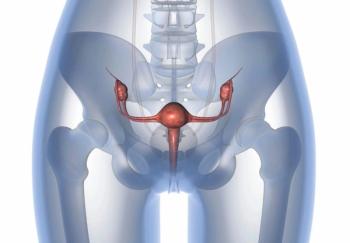
Oncology NEWS International
- Oncology NEWS International Vol 4 No 8
- Volume 4
- Issue 8
PET May Be Used to Detect Recurrences Of Ovarian Cancer
BALTIMORE--Some 60% to 80% of ovarian cancer patients recur after the first round of treatment, and "only about 15% of ovarian cancer patients who test positive at second-look laparotomy survive as long as 5 years," Karl F. Hubner, MD, of the University of Tennessee, Knoxville, said at a nuclear oncology conference sponsored by the Johns Hopkins Medical Institutions.
BALTIMORE--Some 60% to 80% of ovarian cancer patients recur afterthe first round of treatment, and "only about 15% of ovariancancer patients who test positive at second-look laparotomy surviveas long as 5 years," Karl F. Hubner, MD, of the Universityof Tennessee, Knoxville, said at a nuclear oncology conferencesponsored by the Johns Hopkins Medical Institutions.
Unless the patient undergoes second-look laparotomy, finding arecurrence is chancy, Neal B. Rosenshein, MD, of Johns HopkinsSchool of Medicine, said in his presentation.
A CT scan, Dr. Rosenshein said, is about as good as a "flipof a coin," and scintigraphy has about the same value. Usinga CA 125 assay is 100% accurate if positive, but no better thanCT if negative. Laparoscopy, besides being painful and expensive,has a false-negative rate of 35%.
In a search for better noninvasive tools, Dr. Hubner has beenstudying positron emission tomography (PET) using F-18 fluorodeoxyglucose(FDG). Regional and whole body scans have proved useful in locatingmetastatic spread, Dr. Hubner said. Studies show that standardFDG uptake values above 3.2 strongly predict cancer.
"Taken together, negative PET and CT scans are sufficientlyspecific that they may obviate second-look surgery," he said."This combination has the highest accuracy for both diagnosisand exclusion of ovarian cancer." He also noted that PETimaging can be used to optimize the timing of second-look surgery.
Furthermore, PET , a noninvasive procedure, is less expensive:$2,200 at Dr. Hubner's Knoxville center versus $15,000 for second-looksurgery (for a 5-day hospital stay without complications).
Drawbacks to the process include GI tract activity, which canbe minimized by looking at that activity over time, he said. PETscan may be obscured by postoperative abscesses or infectionsand, in any case, cannot detect lesions under 7 mm in diameter.Dr. Hubner suggests irrigating the bladder during the scan tokeep bladder activity low.
But the problem remains what to do after detecting a recurrence.Surgery confers no further survival advantage, Dr. Rosensheinsaid. Having used chemotherapy the first time, there is littleto give the patient the second time around. "It's a frustratingissue. We need less invasive diagnostic tools, but the issue isn'tdiagnostic modalities but rather the need for new therapeuticapproaches," he said.
Articles in this issue
over 30 years ago
CA 125 Predicts Response to Chemo in Ovarian Caover 30 years ago
Biochemical Modulation Promising in RT-Resistant GI Cancerover 30 years ago
Cancer Institute of NJ Adds to its Staffover 30 years ago
A Century of Breast Cancer Litigation Is 'Deconstructed'over 30 years ago
New Depot Formulation of LHRH Analogue Allows 12-Week Dosingover 30 years ago
NSABP Investigation Threatens Academic Freedom for All: Fisherover 30 years ago
Cancer Fax Directory in 3rd Editionover 30 years ago
HIV-Related Malignancies Increasing, Physicians Tell Panelover 30 years ago
Breast Cancer Risk Factors Remain Elusive TargetNewsletter
Stay up to date on recent advances in the multidisciplinary approach to cancer.

















































































